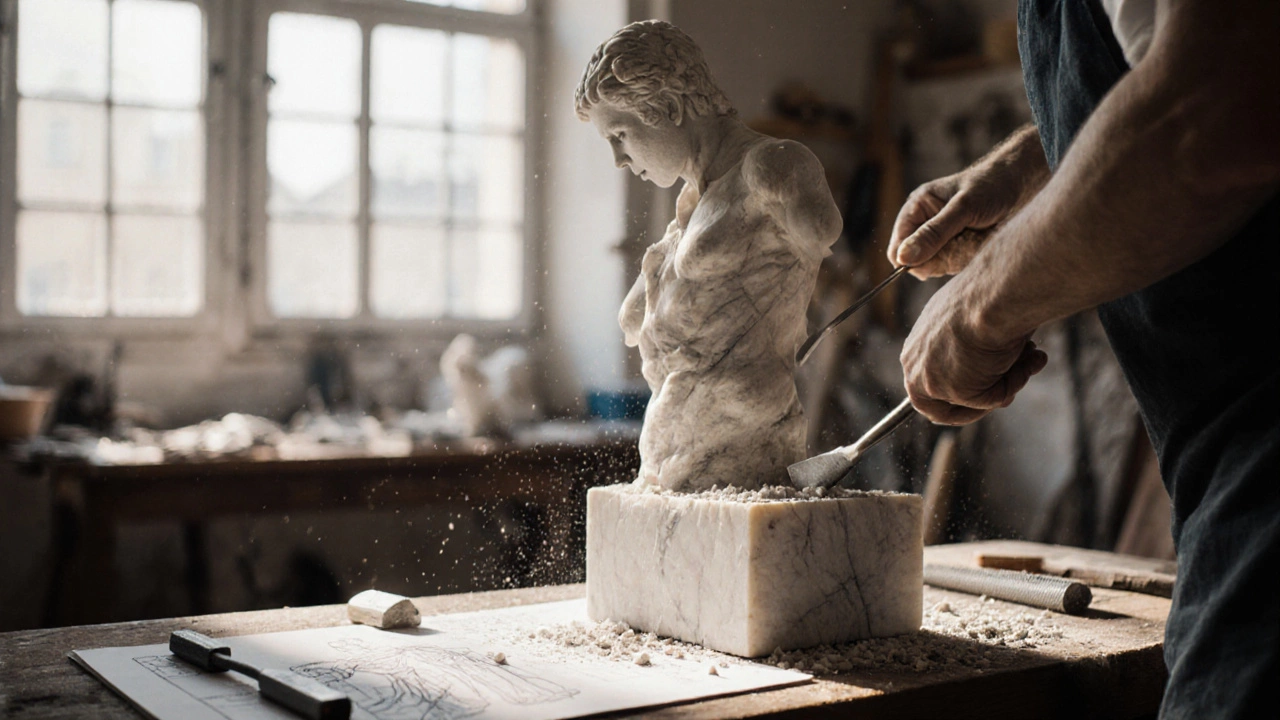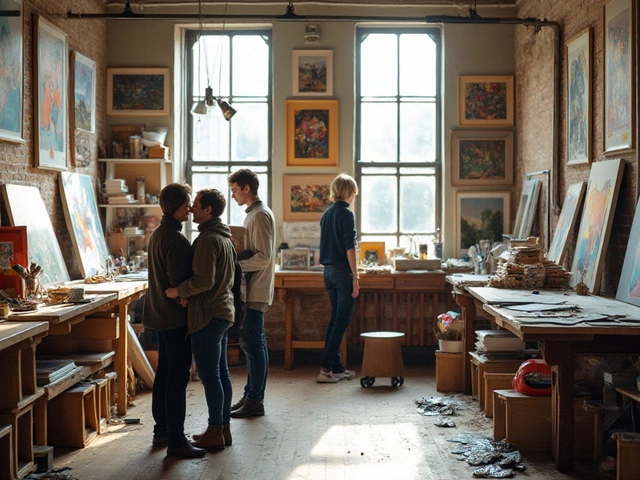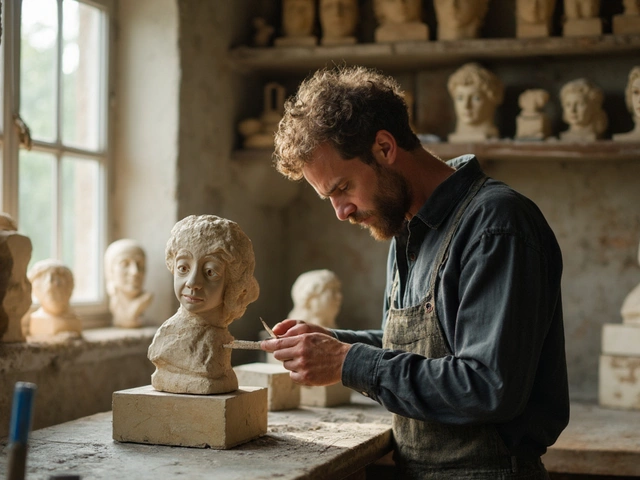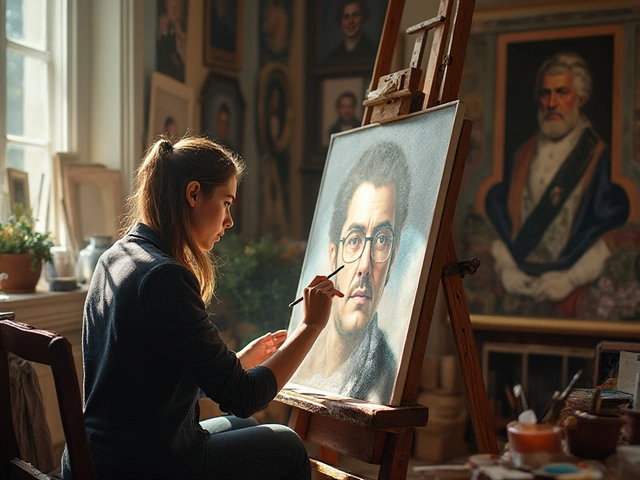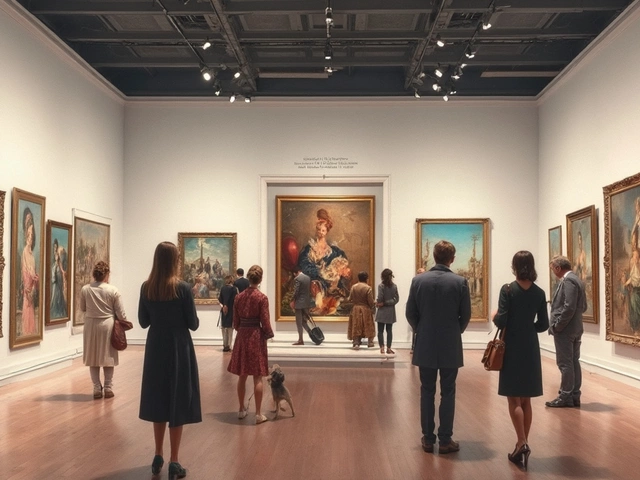Figurative Sculpture – A Practical Overview
When working with Figurative Sculpture, the art of creating three‑dimensional works that represent recognizable figures, especially the human form. Also known as representational sculpture, it bridges the gap between pure abstraction and lifelike portrayal.
Figurative sculpture is a subset of Sculpture, three‑dimensional art made by shaping or combining materials. It draws heavily from Figurative Art, visual work that depicts real‑world objects or beings, applying those visual principles in a physical medium. The core relationship is simple: the sculpture encompasses the figure, while requiring a solid understanding of human anatomy to achieve credibility.
Materials matter as much as the concept. Artists commonly start with clay for its pliability, then move to bronze, stone, or modern polymers for durability. The choice of modeling materials influences texture, weight, and the level of detail achievable. For instance, a wax model allows fine surface work before a bronze casting, whereas polymer clay can be baked and displayed directly. Knowing which medium fits a project helps avoid structural issues like cracking or warping.
Mastering anatomy is non‑negotiable. Anatomy, the study of the body's structure and proportions provides the blueprint for realistic limbs, torso twists, and facial expressions. Artists often study live models, anatomical drawings, or medical textbooks to internalize proportions. This knowledge enables the sculptor to exaggerate or soften features while keeping the piece believable.
Historically, figurative sculpture has shifted from the idealized forms of ancient Greece to the emotive realism of the Renaissance, and now to the experimental blends seen in contemporary galleries. Classical works emphasized perfect proportion, while modern artists like Auguste Rodin introduced rough surfaces and dynamic poses to convey inner tension. Understanding this evolution influences how you approach your own practice and informs the language you use when presenting work to an audience.
Learning pathways are diverse. You can join beginner workshops, follow step‑by‑step guides online, or enroll in advanced studio courses that cover casting, welding, and finishing techniques. When you’re ready to show your pieces, consider how exhibitions generate revenue and how pricing strategies differ between small bronze maquettes and large marble commissions. All these topics link back to figurative sculpture’s core: the blend of artistic vision, technical skill, and material mastery. Below you’ll find a curated collection of guides, tips, and deeper dives that will help you develop your figurative sculpture practice, understand its history, and navigate the art market with confidence.
Realistic Sculptures: What They're Called and How They Differ
Learn what realistic sculptures are called, explore key terms like figurative, naturalistic, and hyperrealistic, and discover techniques, materials, and where to see them.
Continue Reading